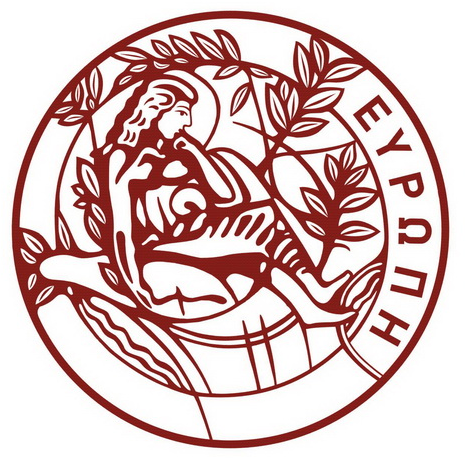PhD Candidate
STAMATINA VLACHOY
matina.v@materials.uoc.gr
Phone
Office
Personal web page
Title
Laser Induce Periodic Surface Structures Using sub-10 fs Pulses
Supervisor
STRATAKIS EMMANOUIL, Researcher A, FORTH, Heraklion Crete GREECE
Committee Members
KIOSEOGLOU GEORGIOS, Associate Professor, Materials Science & Technology Dept. - UOC
PAPAZOGLOU DIMITRIOS, Associate Professor, Materials Science & Technology Dept. - UOC
Abstract
Many of the striking properties in nature are due to the presence of periodic structures on the surface of biological systems, hierarchically arranged in a highly refined manner. In recent years, the use of ultra-short laser pulses ( ̴100 femtoseconds) based on the imitation of biological systems has become an ideal tool for processing materials. Characteristics of laser pulses such as pulse energy, number of pulses, polarization, wavelength of the beam and pulse duration determine the type of periodic structure to be formed. The effect of using even shorter pulse duration (a few fs) of lasers but also the systematic parametric study of the effect of pulse duration (of order fs) on the formation of periodic structures, has not yet been sufficiently studied. This is exactly what we aspire to investigate. In the present dissertation, taking advantage of the use of ultra-short pulses to develop biomimetic structures, we will follow a detailed examination of the effect of pulse duration on morphological changes. Starting from the creation of an optical setup through which the pulse duration from 170 fs will reach a few fs, we will carry out a detailed parametric study of the formation of periodic surface structures in various materials such as nickel, silicon, etc. The parametric study will be accompanied by a detailed modeling of the physical mechanisms that characterize the matter interaction with "short" pulses, an interaction that has not yet been interpreted. The high accuracy of the method responds with great success to the technological challenges associated with product innovation and the results have made significant contributions to areas such as microfluidic integrated systems, optoelectronic devices and biomedical technology - areas where the control of mechanical and optical properties of the material is particularly important.


